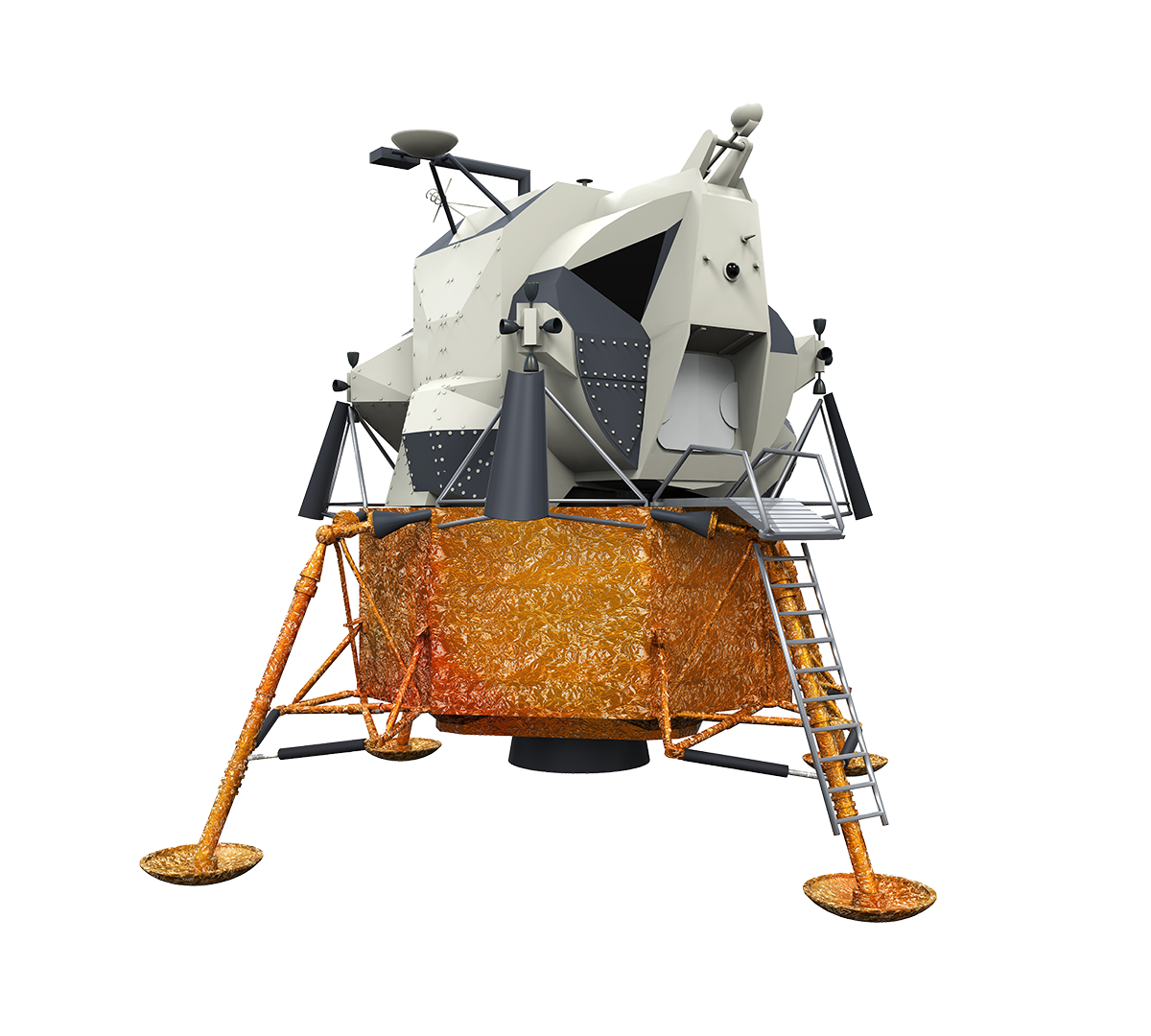With the trip to Australia rapidly approaching I find myself thinking of the different aspect and stereotypes I attribute to Australia. The one that resonates the most though for me is the didgeridoo. As a tuba player, I find instruments with similar embouchure interesting as I could potentially play it without hurting my tone quality on the tuba.
History
The didgeridoo is commonly played by the aboriginal tribes of Australia and has been estimated to be almost 40,000 years old, making it the oldest known instrument. It is traditionally from a eucalyptus trunk that has been hollowed out by termites.
In researching for this I found a guide on how to make your own Didgeridoo using PVC piping and this really helped me to understand the mechanics of it all. It’s almost as if it is a combination between bugle and a tuba. The large deep sound of the tuba combined with the lack of valves similar to a bugle leads to a rich and bodied tone. But what make the didgeridoo have that unique sound is the use of multiphonics – or singing into the instrument while buzzing.
Finally, you change the shape of your mouth to create a varating vowel noise. This leave that elongating and shrinking sound as you pronounce different sounds.
Next, I looked for the best instrument tuning to match my voice. I began by singing a simple note, that would be my base. Using a tuning drone, I found my voice would sit comfortably at a C2. A C2 on a keyboard translates to 65.4 herts and using a conversion chart found in that guide earlier, I found the the length of the PVC needed would be 131.5 cm (4.31 ft).
Thankfully, the multiphonics wasn’t much of an issue as I have worked in band to master the skill for a lovely piece know as Ocean of Fire (though it was difficult).
But that wasn’t enough for me. I wanted to know why this all worked
The physiology
This has been documented before my ideas of it but i first would like to start with the throat and move down the instrument. First there are two sets of folds – the vocal & ventricular folds. The ventricular folds are used in tuvan throat singing and grit such as that used by Freddie Mercury. The vocal folds are that used in standard day to day speaking. These are what will be used in playing into the didgeridoo. The vocal folds work by air moving over them and the tension being increased a decreased to change the vibrating pitch.
Next the lips buzz on the frequency that best resonate with the instrument. Finding the vibrations required can be somewhat difficult but through trial and error can be found.
Now these two different productions of notes combine together to make the noise you heard come from the didgeridoo. Inside of the instrument, it meets a resonant frequency. Meaning where it produces the best noise. Amplified by the didgeridoo, the noise leaves the end making a unique and crisp sound.
Certainly an interesting experiment with a lot of different things to take into consideration. I’m sure I’m even missing something about this instrument with such a rich history and complex music style, but I hope to learn more when I go to Australia in July.

